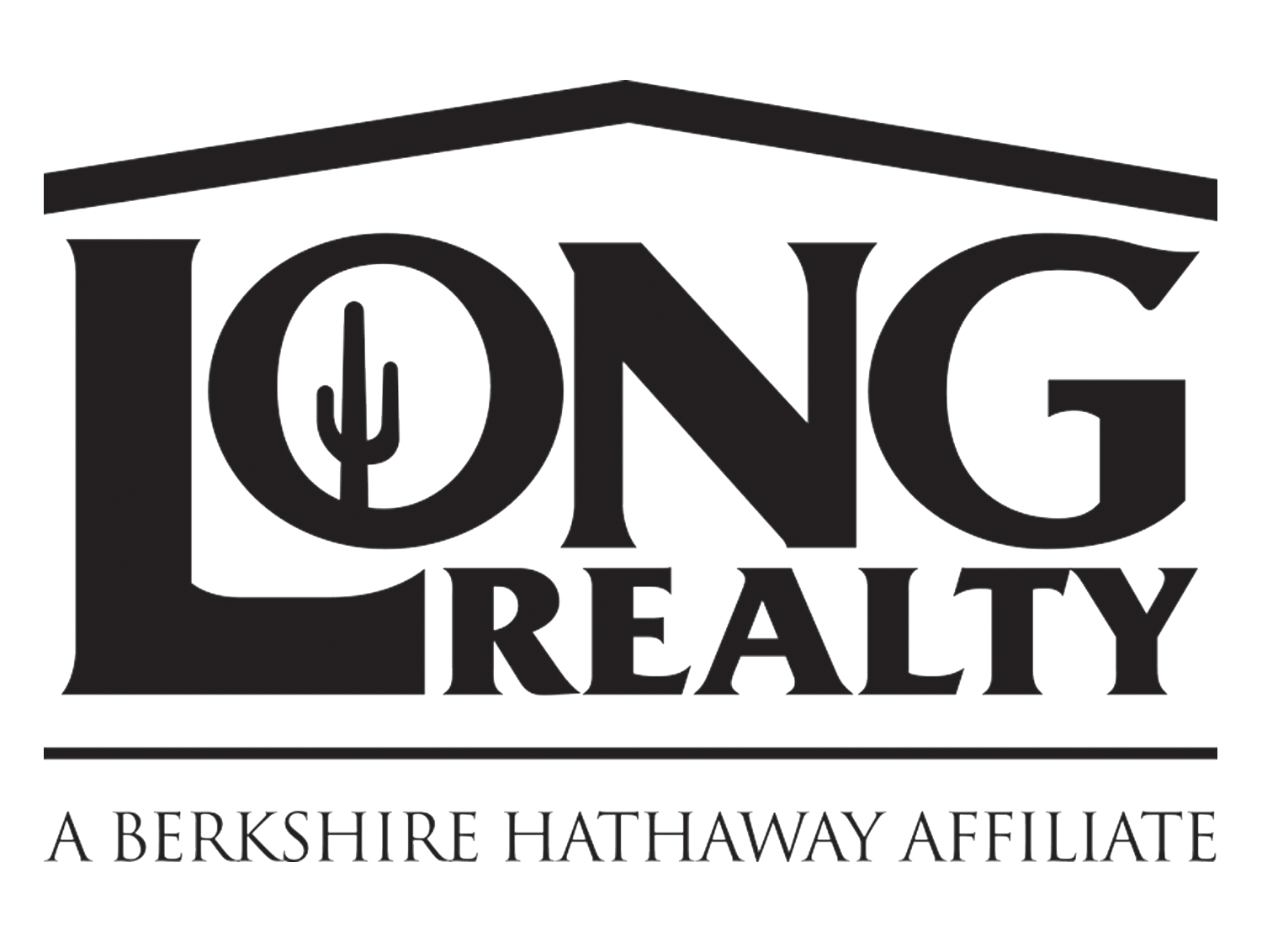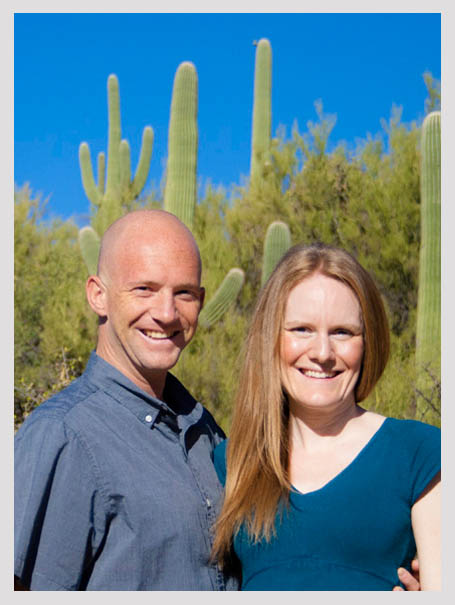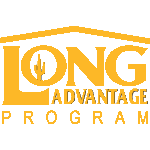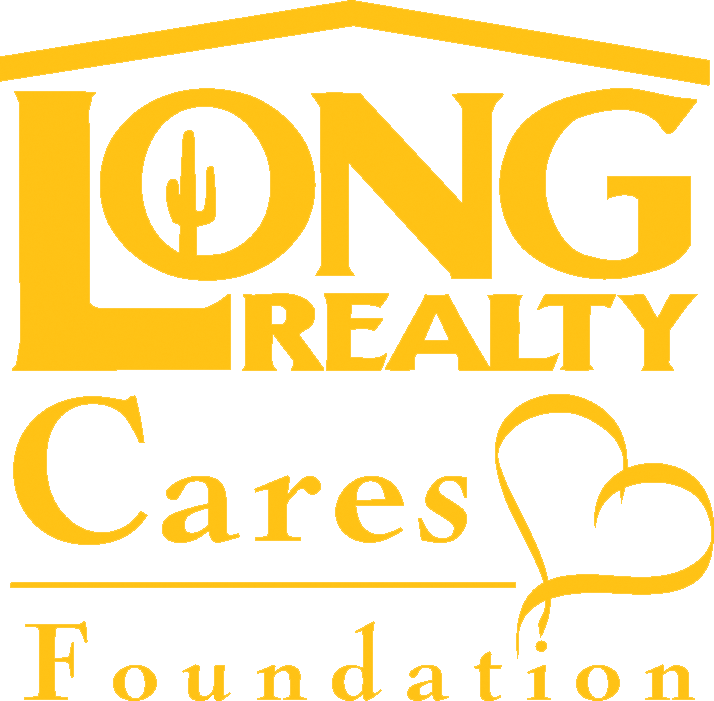This is the seventh in a series of articles targeted towards potential home buyers looking at building a custom home and the topics or questions they might face. Read the last article: Don’t Be Afraid of a Septic System. While these articles will focus on the typical issues of building a custom home in the Tucson, Arizona metropolitan area, many of the issues may well be similar throughout the state and other parts of the country.
Many buyers looking at building a custom home are financially positioned to make the purchase of the land using cash. However, sometimes circumstances make lot financing a more attractive or reasonable route so we’ll talk about a few of the possibilities. First, buying with cash is absolutely the easier way to go and provides for a stronger offer which can save on the cost of the land acquisition itself. Not only is it possible to negotiate a better price with cash but it can also avoid the costs of originating the loan, thereby saving some extra money. When practical this is the route we do recommend for lot buyers. Even if financing is obtained for a construction loan the value of the lot purchased with cash is often used towards the down payment needed on the construction loan.
Seller Financing
Should circumstances require financing for the lot, there are a number of options available. Often the least expensive financing option is through seller financing. Not every seller will be able to, or want to, offer a seller carryback, but this type of financing avoids the hassle of dealing with a traditional lending institution and many of the upfront costs to originate the loan. In a seller carryback title to the property is transferred to the buyer who becomes the legal owner (assuming all tax & HOA payments), and the seller acts as a lender who will receive recurring payments, typically monthly, which are channeled through an escrow company. Seller financing does require a sizable down payment to be made by the buyer at closing which goes to the seller who must pay typical closing costs. The remaining amount is financed for an agreed upon period, but often this is is reasonably short term, perhaps 3-5 years.
The exact terms of the seller carryback are negotiated and these may include: interest rate, length of the loan, amortization of the loan, lien position, payment intervals, whether it’s interest only or interest & principal, and if there’s a balloon payment. Balloon payments are a pre-determined time period at which the balance of the loan is then due, recommended to be at least 2 years from origination. Since it’s typical that a carryback is amortized over a longer time period the monthly payments are usually smaller, but since the seller doesn’t want to wait for 20-30 years to receive the money, a balloon payment is put in place.
Additionally, the escrow company will set up a promissory note and deed of trust in favor of the Seller, meaning if payments aren’t made the seller can foreclose and take back the property per state statutes. While it’s another negotiated term it’s common that an impound account is set up to handle real estate taxes and hazard insurance payments. This protects the interest of the seller offering the financing. One of the other key points is whether the carryback can be subordinated to a construction loan, the negotiation of which is not on the seller financing form but on the vacant land purchase contract. If this is not agreed to by the seller then the buyer must wait to pay off the carryback before starting construction with financing or obtain additional financing to pay off the seller carryback in full. Seldom will a seller providing financing agree to subordination as it moves them to second lien position. This is an overview of the terms on the seller financing forms, and overall it’s a much simpler process than bank financing even if it sounds complicated.
Loan Options in Tucson
Obtaining a lot loan from a bank or credit union would be the next most popular option. Not every lending institution offers lot loans though so choices will be much more limited. Typically a bank or credit union will require at least 20% and many times 30% down payment on a lot loan. Again, the options available for lot financing are severely reduced since many lenders don’t offer lot loans. Two of the more popular options locally are Washington Federal and OneAZ Credit Union. At Washington Federal we recommend Dannielle Andrade as a loan officer and at OneAZ Janinne Grimes. Both of these loan officers are experienced with lot loans and can give you current rates and terms. They’ll both offer construction financing as well, so speaking to them is a good idea if a buyer is considering either a lot loan or construction financing. Other institutions offering lot loans or construction financing include Mid-First Bank, Vantage West Credit Union, Bank of the West, and National Bank of Arizona.
At the time of the writing of this article Washington Federal’s lot loan program required 30% down and was a fixed rate 20-year loan or a shorter term 2-year loan with interest only that can be rolled into an All-in-One Construction Loan. At OneAZ the down payment required is 25%, 3-year or 5-year term, fixed rate up to 5-years, amortization over a 25-year period, and can be up to $500,000. Again, these programs can change and have additional details so please contact the loan officers directly to get more information so you can find the right fit.
Private Money Mortgages
The last and honestly least attractive lot financing option is through a private money mortgage, also referred to as a hard money lender. These are simply private individuals who offer financing, typically to investors, for very short-term periods and at much higher rates. Most private money loans are 6-12 months and rates can range from competitive with banks to over 5% higher. They’ll also commonly have a steeper origination fee, adding another layer of expense. It’s almost always more costly to get money from a private money lender, so it’s a last resort and only advisable in very special circumstances.
If lot financing is something you need in order to begin the journey towards your custom home, please let us know if you need additional guidance. Hopefully now you’ve obtained a better understanding of lot financing options and we can provide additional information if you need further help.
Next up in our series of articles on custom home building will be: Wrapping It Up & How to Proceed.








Connect With Us!